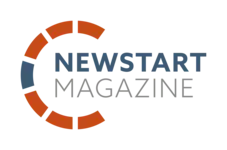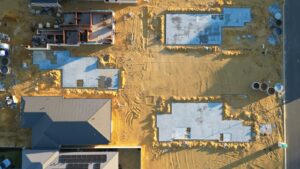Authorities have partnered with researchers from the University of St Andrews to understand risks to marine carbon stores and improve policies to improve the management of the country’s seabed.
Typically, the storage of carbon in marine habitats is called blue carbon and it can be found in plants like seaweed and seagrass, in the seafloor sediment where plants are rooted, or even in the animals which live in the water including seabirds and fish.
With this in mind, the Scottish Government have just granted two £30,000 funding awards so researchers from the University of St Andrews can better understand the marine environment, particularly seabed sediments, as major stores of organic carbon.
The marine carbon stores are noted to be a lot bigger than Scotland’s land-based carbon stores, which have become the focus of restoration efforts to reduce greenhouse gas emissions.
‘Scotland’s vast seabed carbon stores are vulnerable to a growing number of pressures, including ongoing climate change, and our research will focus on assessing the risks to these stores, specifically rom seabed disturbances,’ Professor Bill Austin from the university’s Scottish Oceans Institute explained. ‘We know that some of the carbon held in seabed sediments is highly reactive and, when disturbed, will result in the release of that carbon. While it remains scientifically challenging to quantify the actual greenhouse gas emissions resulting from these cumulative and widespread seabed pressures, our research is developing an improved understanding of the risks posed to the most vulnerable stores of carbon.’
‘We are now on the cusp of delivering improved risk management tools that will help the Scottish Government deliver a more sustainable outcome for our marine environment, potentially guiding new policies to help protect these vulnerable stores of carbon,’ He continued.
Craig Smeaton, Lecturer in the School of Geography and Sustainable Development at St Andrews added: ‘The funding provided by the Scottish Government has allowed the purchase of a new experimental system to simulate natural and anthropogenic sediment resuspension. This will support in-depth investigation of these seabed disturbances and their impact on the carbon stored in seabed sediments.’
Photo by Laila via UnSplash
In related news:
Councils are facing a £76million funding gap, new research shows

















Leave a Reply